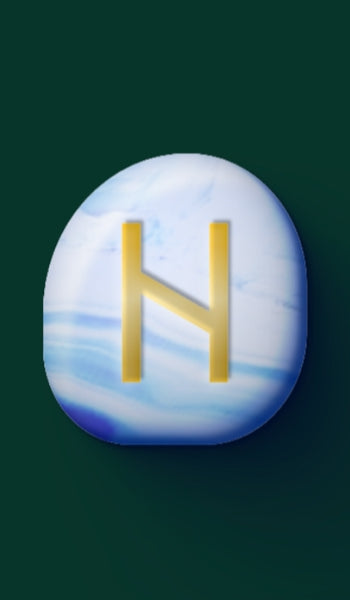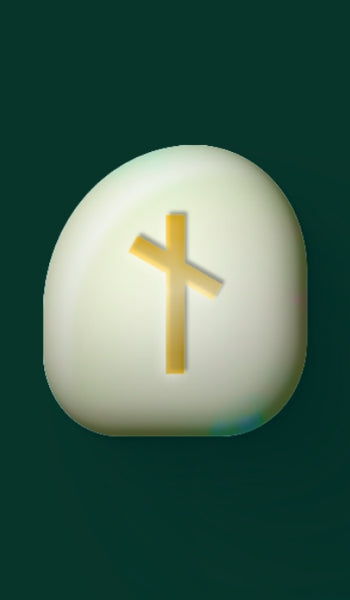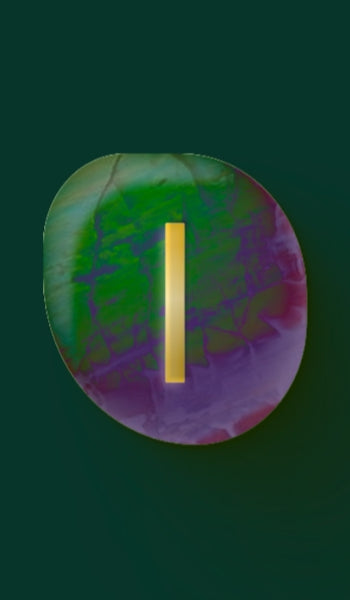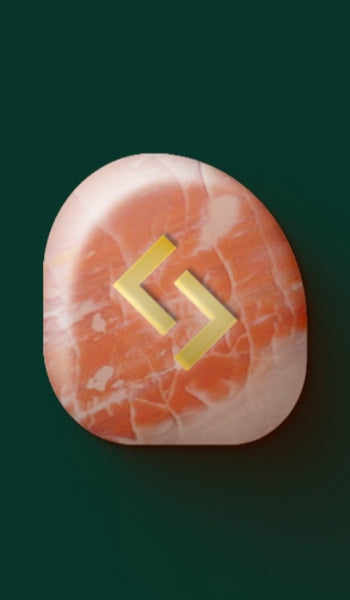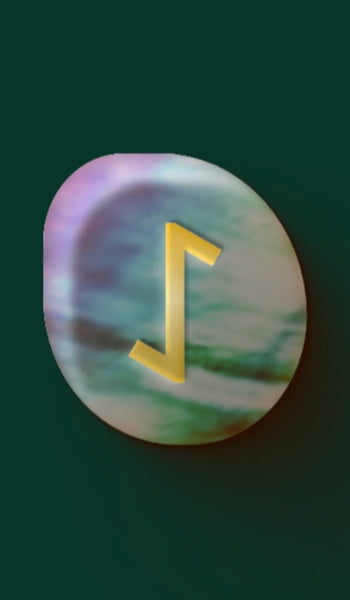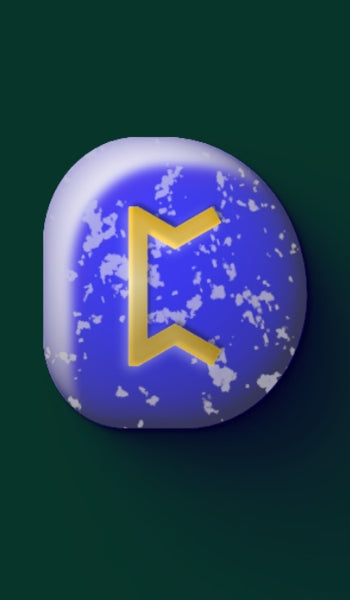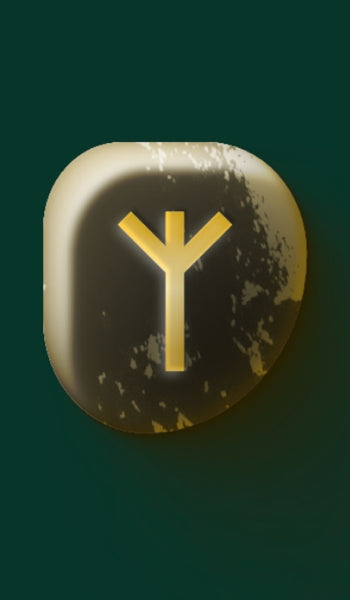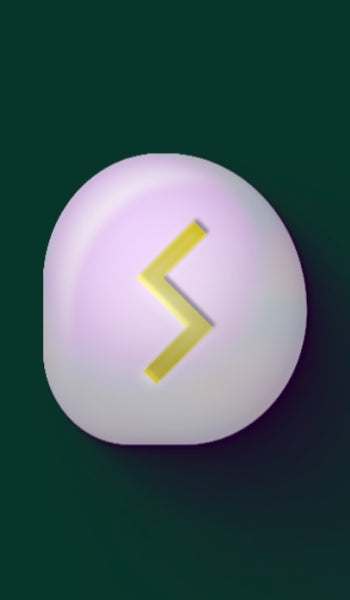Since about 400 AD, runes were traditionally used for fortune-telling, but have evolved into versatile tools that can also be used in meditation and self-reflection. While their origins are rooted in divination much like tarot-reading, runes have found a place in modern spiritual practices as a means of connecting with deeper, universal forces.
A typical rune set consists of 24 symbols from an the ancient Norse alphabet, often crafted from materials like wood, stones or glass.
Unlike modern alphabets, runes are imbued with meaning and linked to universal energies that have evolved over time, making them just as relevant today as they were thousands of years ago. Each rune carries three key aspects:
- The Symbol: The shape and its representation.
- The Name: The word’s meaning, letter value, and sound.
- The Energy: The spirit or essence that the rune embodies.
The 24 runes are divided into three groups of eight, known as aettir, meaning families. Each aett begins with a "Mother Rune", like Fehu, Hagalaz, and Tiwaz. We’ll explore more about these individual aettir in another blog post.
In the following pages below, we'll describe each individual meaning of all 24 runes, as well as more structural information about using them, including their families, their mythology and more.
